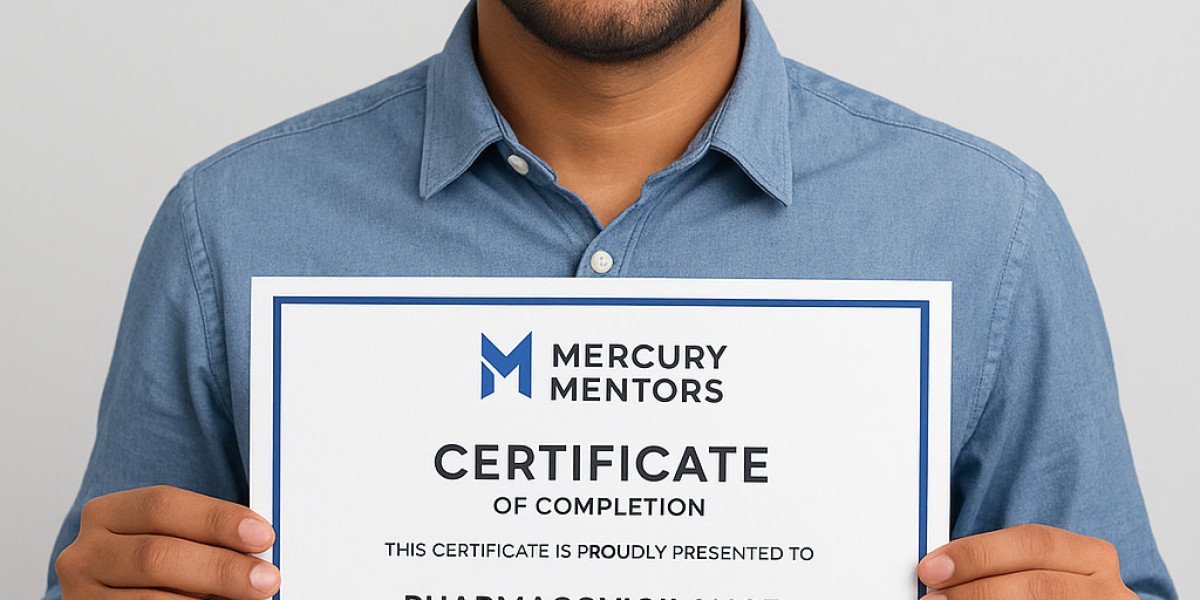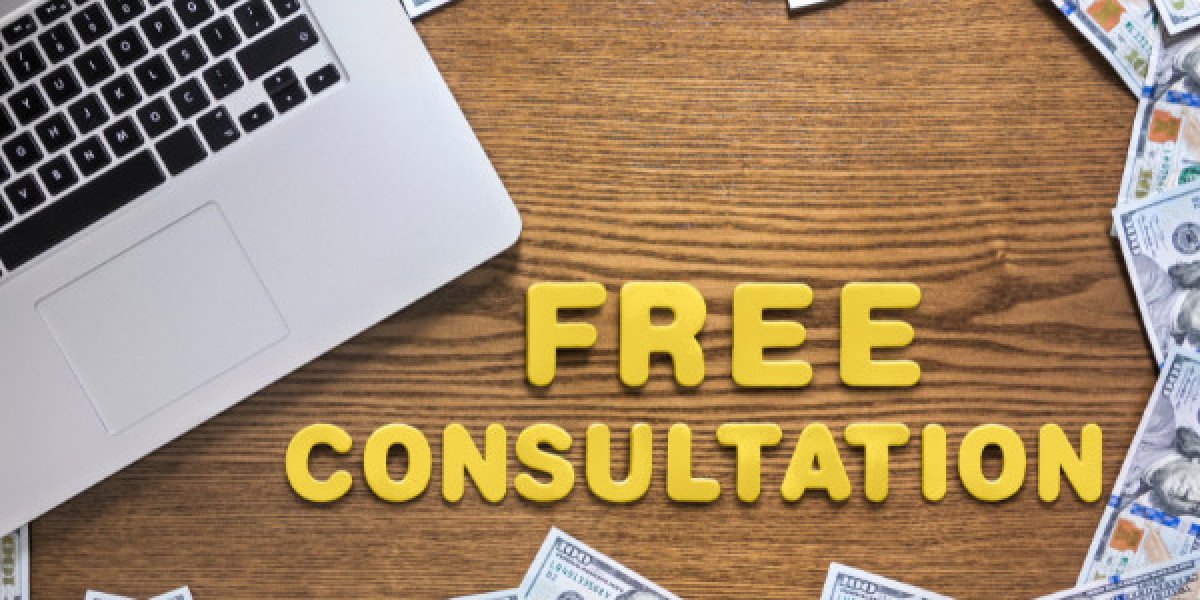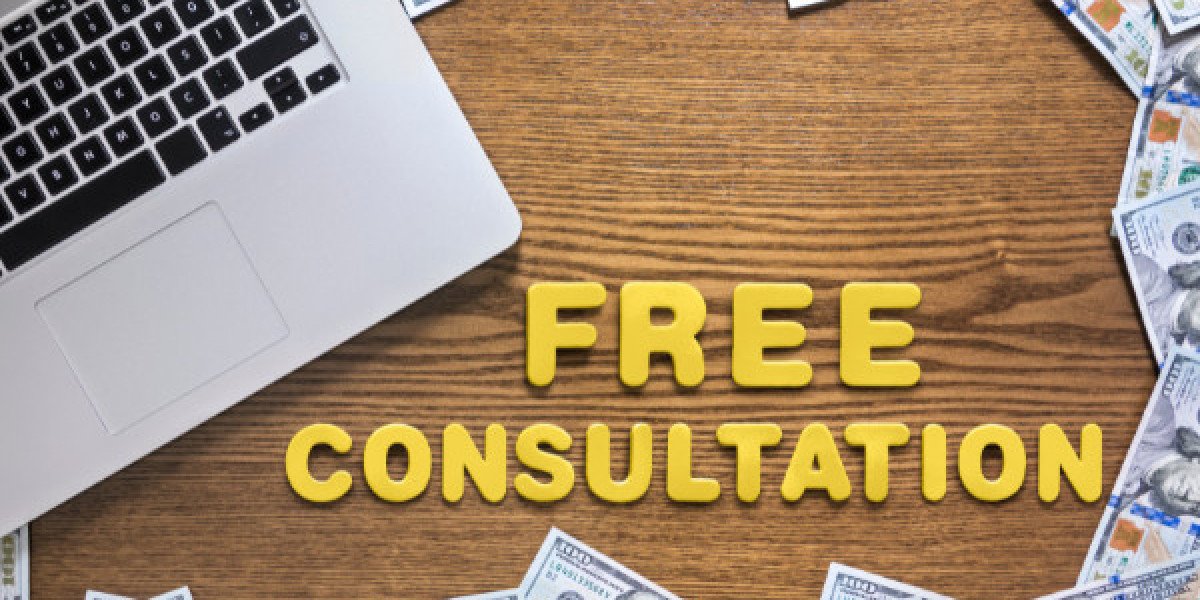Why Pharmacovigilance Matters
Every year, millions of patients around the world experience side effects from medications. While many are mild, others can be severe or even life-threatening. Some adverse drug reactions (ADRs) may only emerge after a medicine is widely used in real-world settings, beyond the controlled environment of clinical trials.
For example, a drug might be approved based on evidence from a few thousand participants in trials, but when prescribed to millions of patients with diverse backgrounds, new safety concerns may arise. Pharmacovigilance systems help detect these issues early, enabling corrective measures such as updated safety warnings, dosage adjustments, or, in extreme cases, withdrawal of the drug from the market.
Core Objectives of Pharmacovigilance
- Identify Adverse Drug Reactions (ADRs):
Detecting previously unknown or rare side effects that may not have appeared during clinical trials. - Assess Drug Safety:
Evaluating the relationship between the medicine and the adverse reaction to determine causality. - Promote Rational Drug Use:
Ensuring that medicines are prescribed and used appropriately to maximise benefits while minimising harm. - Enhance Patient Confidence:
Providing transparent information about drug safety fosters trust between patients, healthcare providers, and the pharmaceutical industry.
The Process of Pharmacovigilance
Pharmacovigilance operates through a structured system of reporting, analysing, and acting upon drug safety data.
- Data Collection: Reports of suspected adverse drug reactions are collected from healthcare professionals, patients, pharmaceutical companies, and regulatory authorities.
- Signal Detection: Safety experts analyse large datasets to identify “signals,” which are potential safety issues linked to specific drugs.
- Risk Assessment: Once a signal is detected, experts evaluate the risk through clinical, epidemiological, and scientific studies.
- Regulatory Action: If a significant risk is confirmed, regulatory authorities may issue warnings, revise prescribing information, restrict drug use, or remove it from the market.
Key Stakeholders in Pharmacovigilance
Pharmacovigilance is a collaborative effort involving multiple stakeholders:
- Regulatory Authorities (e.g., US FDA, EMA, CDSCO in India) oversee drug safety and enforce regulations.
- Pharmaceutical Companies are required to monitor and report drug safety throughout a product’s lifecycle.
- Healthcare Professionals play a crucial role by identifying and reporting ADRs during routine patient care.
- Patients contribute by sharing their experiences and adverse effects, ensuring real-world data is captured.
Global Importance of Pharmacovigilance
Pharmacovigilance is not restricted to a single country or region. The World Health Organisation (WHO) has established an international program that promotes collaboration among countries to share drug safety data. This global network enables quicker identification of risks and supports collective action to protect patients worldwide.
With the rise of globalisation, generic medicines, and complex biologics, the need for a strong global pharmacovigilance system has never been greater. Moreover, the emergence of new therapies such as gene therapies, vaccines, and personalised medicine requires ongoing vigilance to ensure patient safety.
Challenges in Pharmacovigilance
Despite its importance, pharmacovigilance faces challenges such as:
- Underreporting of adverse drug reactions.
- Lack of awareness among patients and healthcare providers.
- Complexities in assessing causality due to multiple medications or underlying conditions.
- Managing vast amounts of real-world safety data in the digital age.
To address these challenges, governments, pharmaceutical companies, and healthcare providers must invest in awareness campaigns, digital reporting systems, and advanced data analytics.
Conclusion
Pharmacovigilance is more than just a regulatory requirement—it is a commitment to patient safety and well-being. By systematically monitoring and evaluating the safety of medicines, pharmacovigilance ensures that the benefits of drugs far outweigh their risks.
As healthcare continues to advance, the role of pharmacovigilance will become even more critical in safeguarding global health. Active participation by all stakeholders—regulators, industry, healthcare professionals, and patients—is essential to build a safer, more transparent, and trustworthy healthcare system.








